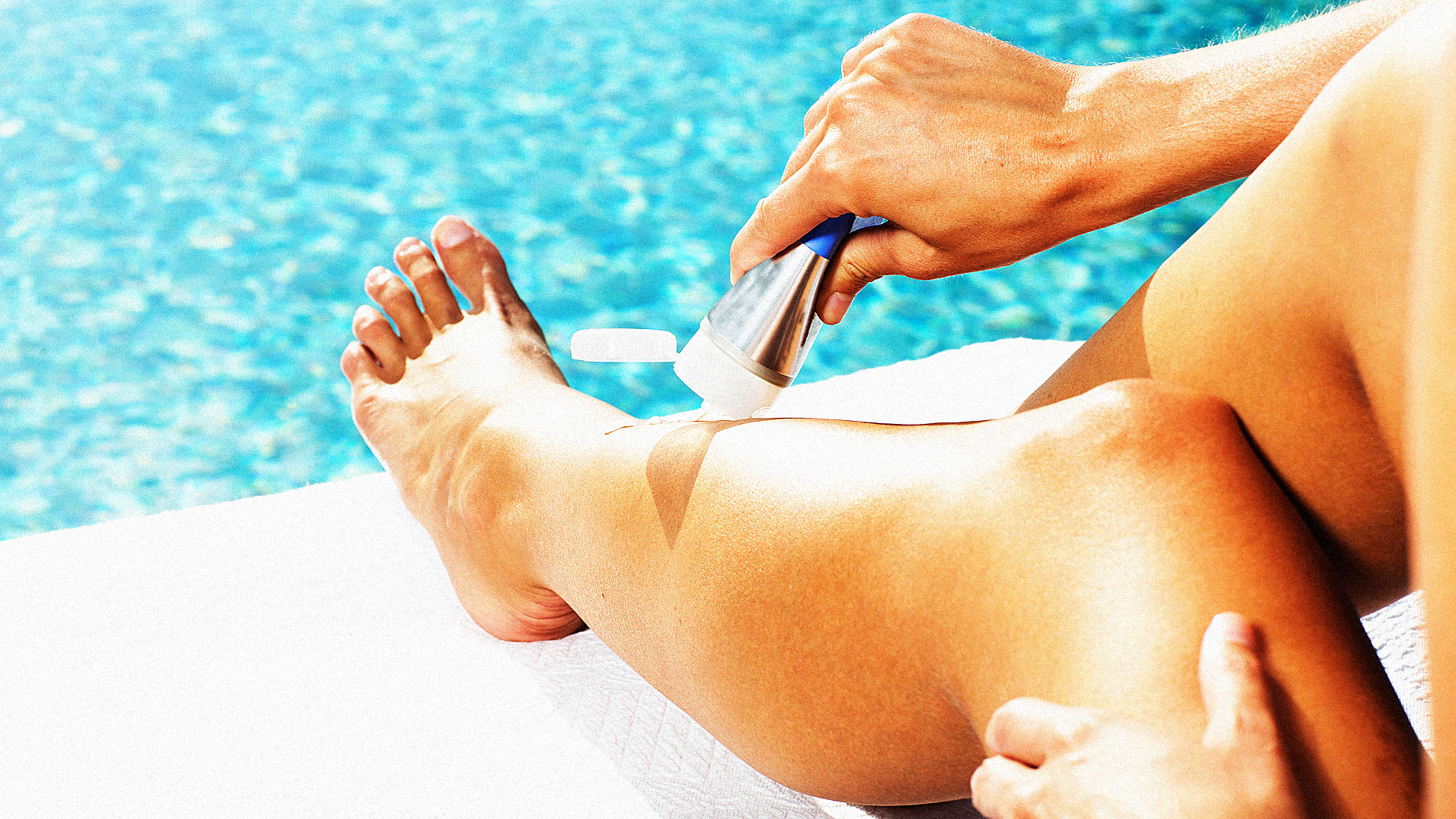The link between severe sunburn early in life and skin cancer later on is well-drawn: Even one blistering sunburn as a child more than doubles a person’s chances of developing life-threatening melanoma as an adult. There’s an obvious fix for this scenario, and it’s good-quality sunscreen. But as it turns out, getting sun protection into the hands of schoolkids can be a complicated matter: In many school districts and states, sunscreen is considered medicinal—on the same level as Tylenol—and bringing it to school requires a doctor’s note.
To Alex Beck and Ryan Warren, entrepreneurs and the cofounders of BrightGuard, a company that distributes and installs free sunscreen dispensers, laws like this—and other barriers to applying sunscreen, like affordability and access—are exactly what they’re trying to break through with their work. “We want to remove all excuses for why people aren’t applying sunscreen,” Warren tells Fast Company.
Since launching BrightGuard in 2014–the same year the surgeon general issued a “call to action” to prevent skin cancer, citing the fact that melanoma cases have increased 200% between 1973 and 2014–Beck and Warren have installed over 2,000 free sunscreen dispensers in public spaces across all 50 states. Community institutions and municipalities like New York, for example, which is rolling out 80 BrightGuard dispensers stocked with SPF 30 across parks and beaches in the five boroughs this summer, purchase dispensers and sunscreen refill packets directly from BrightGuard “to provide an amenity and something useful for citizens,” Beck tells Fast Company. Each dispenser costs around $70, and the refill packets–sourced from a manufacturer in Florida, with which BrightGuard has developed a blend of SPF that follows the guidelines spelled out in the Environmental Working Group’s annual sunscreen guide–go for between $150 and $20 and contain enough sunblock to cover around 150 people.

BrightGuard has partnered with around 20 nonprofits around the country, which purchase their dispensers and set them up along with information about proper application and other sun-protection strategies. “It occurred to a lot of our nonprofit partners that our dispensers are a concrete way to turn their messages into action,” Beck says. So often, people read warnings about sun exposure and the importance of, say, reapplying sunscreen every two hours, but forget them once they’re out and going about their days, Warren adds. By building freely available sunscreen into cities’ infrastructure, Beck and Warren are hoping to bring about a behavior change in people when it comes to applying sunscreen.
So far, their strategy seems to be working: The work of Impact Melanoma (previously called the Melanoma Foundation of New England) was cited in a recent study from the University of Colorado as a reason for the reduction of skin-cancer rates in the northeast, and their collaboration with BrightGuard was listed as an effective way to increase public awareness about skin cancer causes and continue to drive down melanoma rates.
But schools, Beck and Warren say, are where their nonprofit partnerships are having the greatest effect. In Nevada, a state where students bringing sunscreen to school is forbidden, they’ve partnered with the Nevada Cancer Coalition, which is working with school districts to install dispensers; so far, they’ve reached 8 of the state’s 17 school districts, and aim to reach all by next year. Coupled with the dispensers, the Nevada Cancer Coalition is also working with teachers to implement more comprehensive sun-protection curriculum.
Of course, kids being kids, the real efficacy lies in making the dispensers seem cool. When Beck visited Douglas County, Nevada, he watched a bunch of fourth graders scramble to reach the newly installed dispenser. “They saw a friend doing it so they all wanted to do it—they were lining up before they went out to recess,” Beck says.
“That’s one of our biggest missions,” Warren says. “If we can impact kids at a young age to make this shift, and turn sunscreen into something they use for themselves and not because their parents are forcing them to, that’ll be a real change.” BrightGuard has a goal of reducing skin cancer rates by 20% by 2025, and their continued partnerships with nonprofits, Warren says, will be the key to making that happen.
Recognize your brand’s excellence by applying to this year’s Brands That Matter Awards before the early-rate deadline, May 3.
